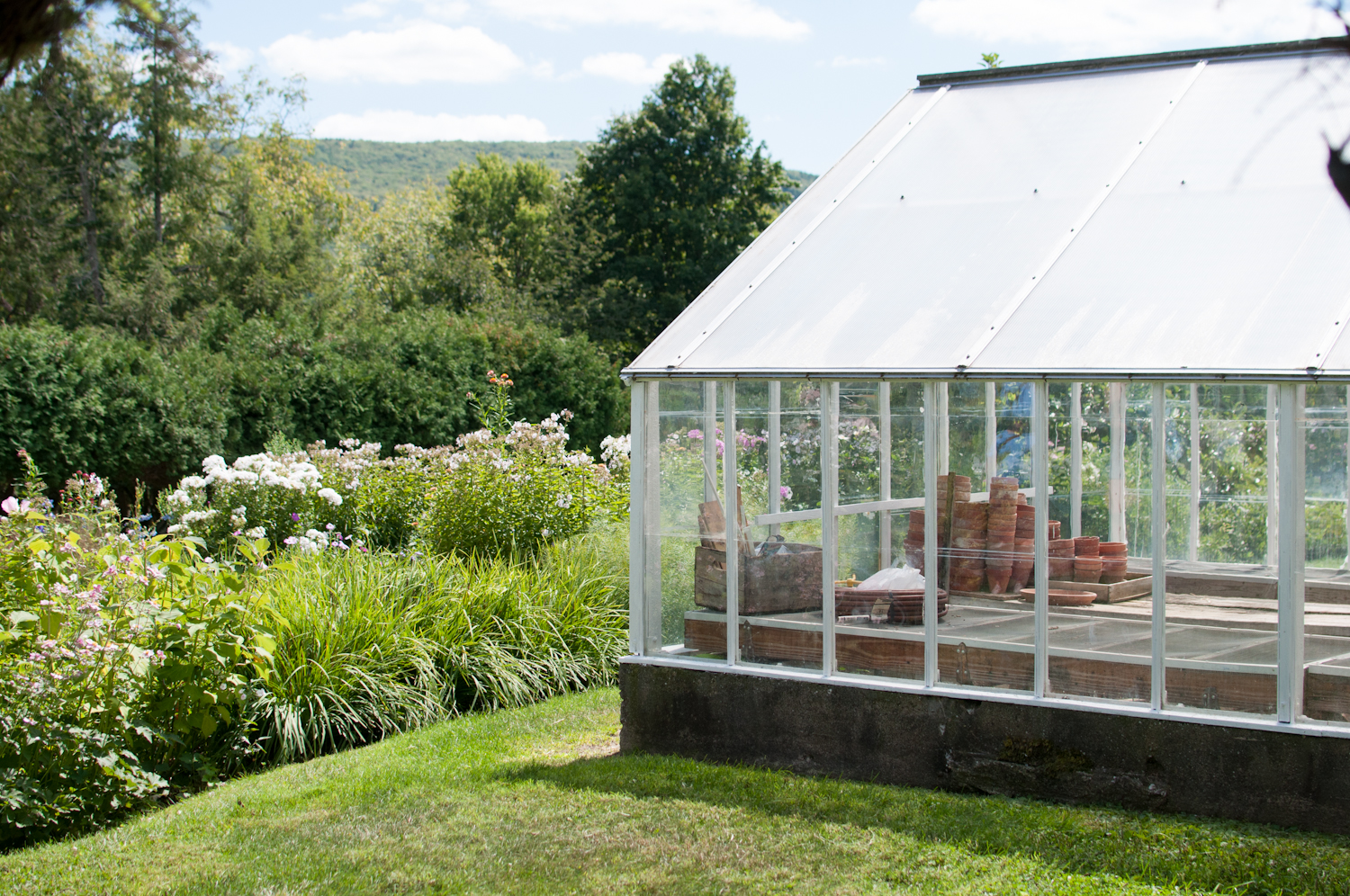When you’re shopping for succulents, there are several signs to look for to make sure you are buying the healthiest plant that you can get. There are no definite rules on what to look for when shopping for plants, but these tips will help you determine which plants are the healthiest when you’re out shopping. This post is part of a 3 part series on how to shop for succulents. In this post I’m going to focus on signs of healthy plants, and in the next two posts I will share with you warning signs of unhealthy or uncared for plants, and what to never buy.
Plump and Full Leaves
Looking at the leaves is one of the easiest ways to tell if a succulent is healthy. Succulents are often called “fat plants” because of their plump and full leaves. Succulents store their water in ways different from most plants by storing most of their water in their leaves. The appearance of the leaves will give you a status report of the recent health of the plant. If the leaves are full and plump, than the plant is currently getting the right amount of water, and unless there are signs of insects or physical damage, the plant is in most likelihood currently healthy. If you see mushy or black leaves on a succulent, the succulent was overwatered and will most likely die soon (seriously, don’t buy an overwatered succulent, it will only lead to heart break). Wrinkly leaves mean that the succulent has not received enough water. Succulents with wrinkly leaves can still be healthy and plump back up in a few days when properly watered.
Close Leaf Spacing
We’re going to keep looking at the leaves for more clues about the health of the plant. Looking at the leaf spacing will give us clues about the longer term growing conditions of the plant. When you’re looking at the succulent you want to buy, pay attention to the spacing of the leaves along the stem. Leaves should be closely spaced together and tightly overlapping. Etiolation, or the far apart spacing of the leaves, is a sign that the plant has not received enough sunlight. Etiolation on a succulent is not a sign that it is unhealthy, just that it was not receiving enough sunlight for a portion of its life. You can buy an etiolated succulent and still have a perfectly healthy plant, it just might not be “instagram-worthy” right away. If you do buy an etiolated plant you can also cut off the bottom of the plant and remove the lower leaves to propagate smaller plants.
Dry Soil
When you’re shopping for succulents, you’ll also need to look at the soil for clues about the health and care of the plant. If the soil is dry and you don’t see any signs of mold or mushy leaves, than the plant has never been properly watered and you should have healthy roots and soil. If you see soft wet soil or any signs of mold or mushy leaves on the plant, this means the plant has been overwatered and can cause root rot, a condition where the roots stayed wet for too long and have begun to rot and cut off water to the plant.
Also, look for succulents planted in a well-draining soil mix that includes perlite or sand. If you don’t see these in your soil, but the soil is still dry, you can always replant it with a fast draining soil mix when you get home.
Bright and Even Coloring
The coloring of the leaves will also give you more clues about the health of the plant. Not all succulents are green or brightly colored, but look for even coloring of the plant. Some succulents might be light green, dark green, pink, purple, or even black, but what matters is that the leaves all have consistent and even coloring. Some species will also have a gradient in their leaves (like the succulent in the picture) where the color might change color towards the tips. As long as the coloring doesn’t show signs of sunburn or stress, and is consistent throughout the plant, this color is a sign of good health.
Farina Bloom
Farina bloom is a light, dusty, sometimes waxy, flour-like coating over the leaves of some succulents. Not all succulents have farinaceous bloom, but several species of crassula, pachyphytum, and echeverria do. If you see a flour-y coating on the leaves of the succulent, make sure that it is mostly undisturbed and has not been dusted off. Farina acts like sunscreen for succulents who love bright sunlight and should not be removed. The farina bloom is something that occurs on the leaves as they grow, so once its been removed it cannot grow back. If this has been removed, it does not mean that your succulent is going to die, but you should take more caution in the amount of light it receives and pay attention for signs of sunburn. Leaves that have had the farina removed could still be used for propagation of new plants.
I hope you liked this guide of what to look for to ensure you’re buying healthy plants! The next part of our series will focus on what to avoid when buying succulents, and will give you more tips and photos of what to look out for when buying plants and signs that some plants might need more love.























